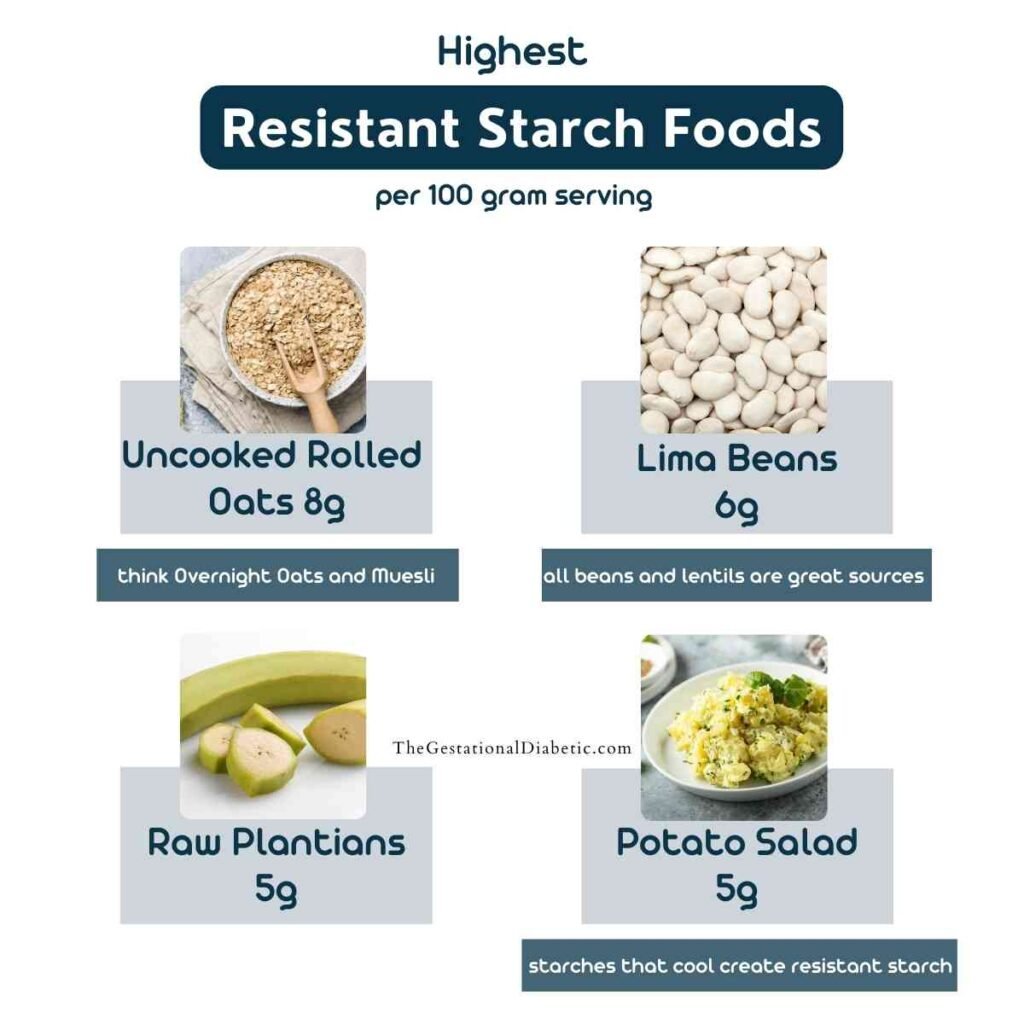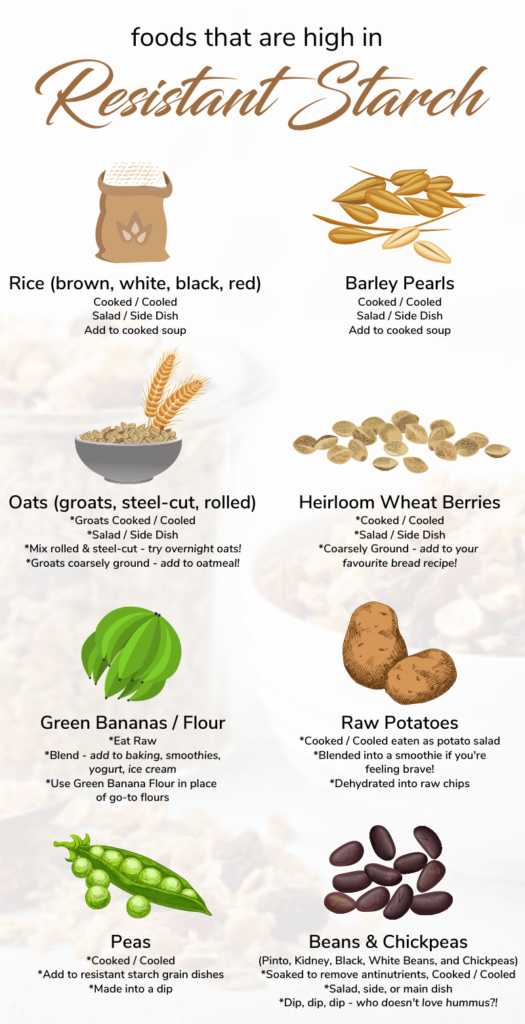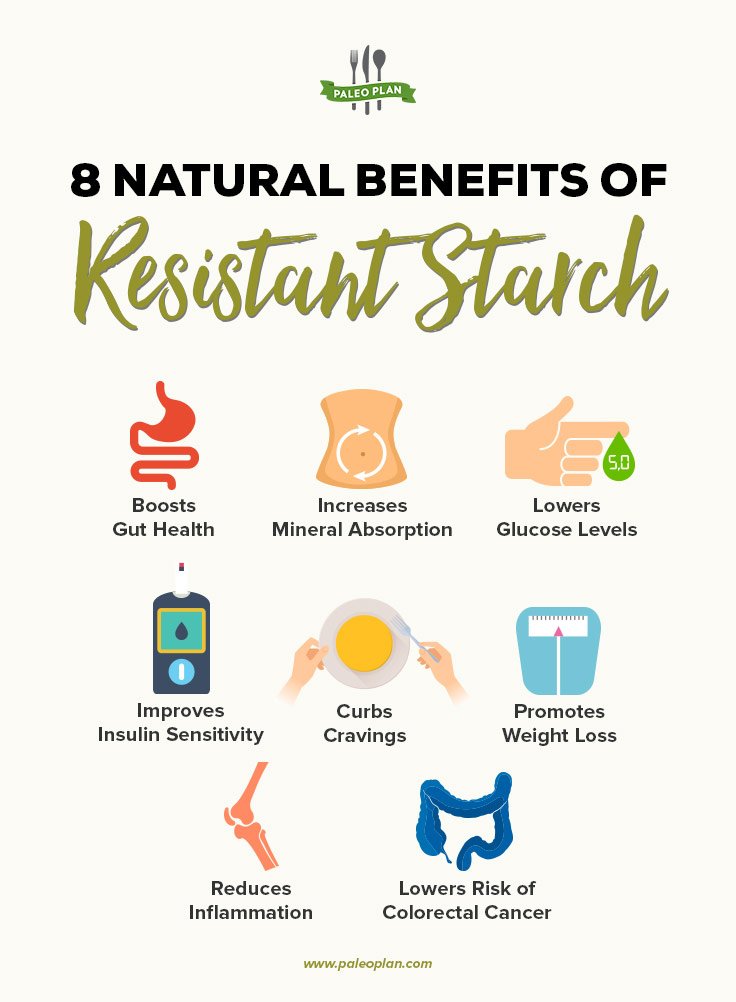In the quest for a healthier gut, incorporating legumes high in resistant starch can play a crucial role. Legumes such as black beans, chickpeas, and lentils are powerhouses of this special type of starch that is not fully digested in the small intestine. Instead, it travels to the large intestine where it acts as food for beneficial gut bacteria, helping to promote a healthy gut microbiome. By including these legumes in your diet, you can support better digestion, improved nutrient absorption, and overall gut health. So next time you’re planning your meals, consider adding some of these gut-friendly legumes to reap the benefits of resistant starch. Have you ever wondered which legumes are highest in resistant starch and how they can benefit your gut health? Well, you’ve come to the right place! In this article, we will explore the importance of resistant starch for gut health and delve into the various legumes that are rich in this valuable nutrient. So sit back, relax, and let’s dive into the world of legumes and resistant starch!
What is Resistant Starch and Why is it Important for Gut Health?
Resistant starch is a type of starch that resists digestion in the small intestine and reaches the large intestine intact. Once in the large intestine, resistant starch acts as a prebiotic, feeding the beneficial bacteria in our gut. This fermentation process produces short-chain fatty acids, which have numerous health benefits for our digestive system.
The Benefits of Resistant Starch for Gut Health
Resistant starch plays a crucial role in maintaining a healthy gut microbiome by promoting the growth of beneficial bacteria such as Bifidobacteria and Lactobacilli. These good bacteria help protect the gut lining, improve digestion, and strengthen the immune system. Additionally, short-chain fatty acids produced by the fermentation of resistant starch have anti-inflammatory properties and have been linked to a reduced risk of various digestive disorders, including irritable bowel syndrome (IBS) and inflammatory bowel disease (IBD).

This image is property of i2.wp.com.
Top Legumes Rich in Resistant Starch
Now that we understand the importance of resistant starch for gut health, let’s take a look at some of the top legumes that are rich in this valuable nutrient. Incorporating these legumes into your diet can help boost your resistant starch intake and support a healthy gut microbiome.
Black Beans
Black beans are not only delicious but also packed with resistant starch. They contain about 2-3 grams of resistant starch per 100 grams, making them an excellent choice for supporting gut health. Whether added to salads, soups, or main dishes, black beans are a versatile legume that can easily be incorporated into your meals.
Lentils
Lentils are another legume that is high in resistant starch, with approximately 2-3 grams per 100 grams. They are a great source of plant-based protein and fiber, making them a nutritious addition to any diet. Lentils can be used in a variety of dishes, from soups and stews to salads and side dishes, making them a versatile and convenient option for increasing your resistant starch intake.
Chickpeas
Chickpeas, also known as garbanzo beans, are a popular legume that is rich in resistant starch, containing around 2 grams per 100 grams. Whether roasted for a crunchy snack, blended into hummus, or added to curries and salads, chickpeas are a versatile and delicious way to increase your intake of resistant starch and support a healthy gut.
Split Peas
Split peas are another legume that is high in resistant starch, with approximately 2-3 grams per 100 grams. They are often used in soups and stews, adding a creamy texture and nutty flavor. Split peas are a great source of fiber, protein, and other nutrients, making them a nutritious choice for promoting gut health.
Kidney Beans
Kidney beans are a common legume that is rich in resistant starch, containing around 2-3 grams per 100 grams. Whether added to chili, salads, or dips, kidney beans are a versatile and flavorful option for increasing your resistant starch intake. They are also a good source of iron, potassium, and folate, making them a nutritious addition to your diet.

This image is property of nutrichem.com.
How to Incorporate Resistant Starch-Rich Legumes Into Your Diet
Now that you know which legumes are highest in resistant starch, you may be wondering how to incorporate them into your daily meals. Here are some simple and delicious ways to add resistant starch-rich legumes to your diet:
Soups and Stews
Legumes such as lentils, split peas, and kidney beans are perfect for adding to soups and stews. Simply throw them into your favorite recipe for a hearty and nutritious meal that is rich in resistant starch.
Salads
Black beans, chickpeas, and lentils make excellent additions to salads. Simply toss them with your favorite vegetables, greens, and dressing for a satisfying and flavorful dish that is packed with resistant starch.
Hummus and Dips
Chickpeas can be blended into hummus or other dips for a tasty and nutritious snack. Pair them with fresh vegetables, pita bread, or whole grain crackers for a satisfying and healthy treat.
Curries and Main Dishes
Kidney beans, black beans, and chickpeas can be added to curries, stir-fries, and other main dishes for a boost of protein, fiber, and resistant starch. Get creative with your cooking and enjoy the many health benefits of these legumes.
Roasted Snacks
Chickpeas can be roasted in the oven with your favorite seasonings for a crunchy and satisfying snack. Enjoy them on their own or as a topping for salads and soups for an added crunch.

This image is property of resistantstarchresearch.com.
Considerations When Increasing Resistant Starch Intake
While incorporating resistant starch-rich legumes into your diet can offer numerous health benefits, it’s essential to consider a few things when increasing your resistant starch intake.
Gradual Increase
If you are not used to consuming large amounts of resistant starch, it’s best to gradually increase your intake to allow your gut microbiome to adjust. Start by adding small amounts of resistant starch-rich legumes to your meals and gradually increase the portion size over time.
Hydration
Resistant starch can cause gas and bloating in some individuals, especially when consumed in large amounts. Make sure to drink plenty of water throughout the day to help reduce these symptoms and support healthy digestion.
Digestive Issues
If you have a digestive disorder such as IBS or IBD, it’s essential to consult with a healthcare professional before significantly increasing your resistant starch intake. Some individuals may be sensitive to high amounts of resistant starch and may need to tailor their diet accordingly.
Cooking Methods
Some cooking methods, such as boiling and steaming, can help increase the resistant starch content of legumes. Consider experimenting with different cooking techniques to maximize the resistant starch content of the legumes you consume.

This image is property of healthjade.com.
In Conclusion
In conclusion, incorporating resistant starch-rich legumes into your diet can have a positive impact on your gut health by promoting the growth of beneficial bacteria and supporting a healthy microbiome. Legumes such as black beans, lentils, chickpeas, split peas, and kidney beans are excellent choices for increasing your resistant starch intake and enjoying the many health benefits they offer.
So why not start adding more legumes to your meals today and reap the rewards of a healthy gut? Your gut will thank you for it!

This image is property of s3-us-west-2.amazonaws.com.
